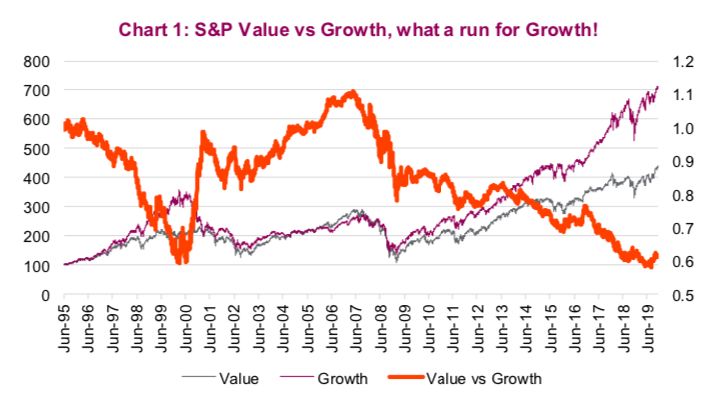Long-Term Growth LTG What it is How it Works Value Investing

Contents
Long-Term Growth (LTG): What it is, How it Works, Value Investing
What Is Long-Term Growth (LTG)?
Long-term growth (LTG) is an investment strategy that aims to increase the value of a portfolio over a multi-year time frame.
Key Takeaways
- Long-term growth (LTG) is an investment strategy that aims to increase the value of a portfolio over a multi-year time frame.
- Although long-term is relative to an investors’ time horizons and individual style, generally long-term growth is meant to create above-market returns over a period of ten years or more.
- LTG portfolios can be more aggressive and might have a ratio of 80% stocks to 20% bonds.
Understanding Long-Term Growth (LTG)
Although long-term is relative to an investors’ time horizons and individual style, generally LTG is meant to create above-market returns over a period of ten years or more.
Because of the longer time frame, LTG portfolios can be more aggressive, holding a larger percentage of stocks versus fixed-income products such as bonds. Whereas an intermediate-term balanced fund might have 60% stocks to 40% bonds, a LTG fund might have 80% stocks and 20% bonds.
LTG is meant to deliver portfolio growth over time, although it can be uneven. A LTG portfolio may underperform the market in the first years and then outperform later, or vice versa.
Investors in a LTG fund may face a challenge. Even if a fund delivers good average growth over a decade, the performance year to year will vary. Therefore, investors can have different outcomes depending on when they buy into the fund and how long they hold. Timing investments is a problem facing all market participants, not just LTG fund investors.
Long-Term Growth (LTG) and Value Investing
The core advantage of LTG is that short-term price fluctuations are not of major concern. Similarly, many value investors focus on stocks with LTG potential, searching for companies that are relatively inexpensive with strong fundamentals. They then wait for these stocks to increase in value before selling.
Individual investors often benefit from a LTG focus, which may lead them to value investing as a strategy. However, LTG simply refers to the longer period over which returns are sought, not a particular investment style like value investing.
Long-term funds may buy the market through indexing products or seek out undervalued stocks. It can be challenging for fund managers to stick to value investing for the long term.
Investors in LTG funds are usually advised to expect a decent average return over multiple years, but less patient investors can withdraw unless the fund has a lock-up period commonly found in hedge or private funds. If a typical LTG fund has too many mediocre years, capital may start to leave as investors seek better market returns. This may force a fund to prematurely trim holdings before the market value catches up with the intrinsic value of the stocks.



